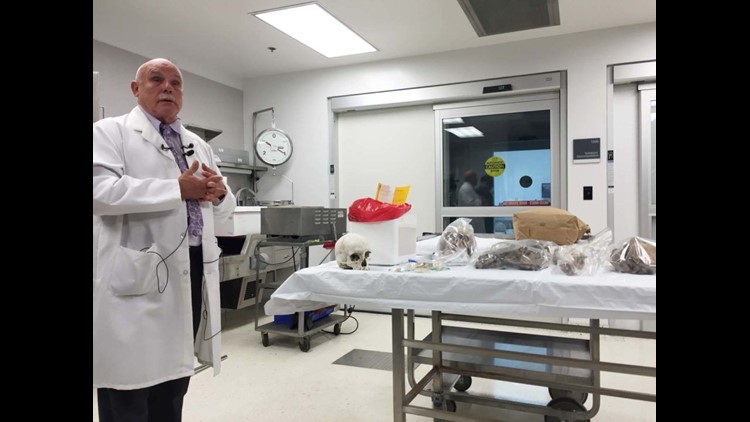SAN DIEGO (COUNTY NEWS CENTER) — Valuable comparisons and conclusions can be drawn from the types and circumstances of sudden unexpected deaths that occur in San Diego County, and in changes over time.
Officials with the San Diego County Department of the Medical Examiner are releasing 22 years’ worth of data–from 1997 to the third quarter of 2018–in a free searchable online portal. The site makes over 59,000 records available.
“We feel strongly that this information learned from the deaths that we’ve investigated can be used to help the living and even change lives for the better,” said Chief Medical Examiner Dr. Glenn Wagner. “Our vision is to be a data-forward agency. The idea is to make the data available for the public, media, other departments or agencies that may have some overlap with segments of the people included in the report, and researchers who may be able to look at the data and provide insights back to the Department of the Medical Examiner.”
The Medical Examiner does not investigate all deaths in San Diego county. Approximately 40 percent of all deaths are reported to the medical examiner, and of those more than 3,000 are brought in for an examination. In general, the medical examiner has jurisdiction for all accidental deaths, homicides, suicides, in-custody deaths, and any sudden or unexpected natural deaths in which the decedent had not seen their health care provider in the last 20 days of life.
“The types of cases that fall under the Medical Examiner’s scope are of interest from both a public health and public safety aspect. The ability to compare San Diego statistics with other regional, state and national statistics is as important as a jurisdiction’s crime statistics,” said Wagner.
“The data has implications for many agencies. Patterns and trends as reflected in this population as compared to the population as a whole, from public health and hospital and clinic information is important in terms of keeping your fingers on the pulse of the community.”
Making the data available for public searches has been an objective for the department for several years. Project managers studied how other jurisdictions locally and across the nation shared data to try to make the County’s data portal intuitive, responsive and easy to navigate. The data follows privacy guidelines that protect the deceased person and person’s family, and so does not include names, dates of birth, case numbers or specific addresses.
The data is available in raw form and presented in some pre-assembled data sets such as opioid, fentanyl and suicide deaths, which are commonly requested by media outlets.
To access the data portal and for other San Diego County Medical Examiner information, please visit the office’s statistics page.



